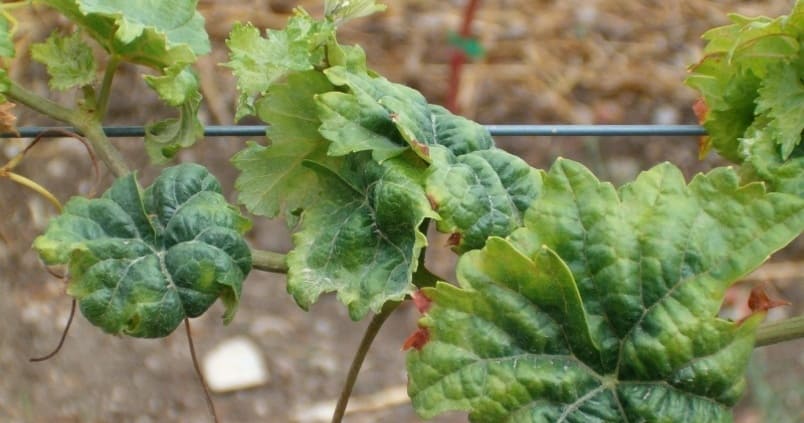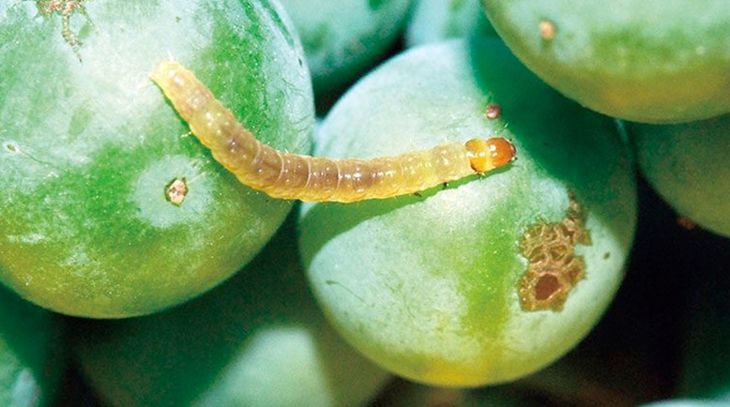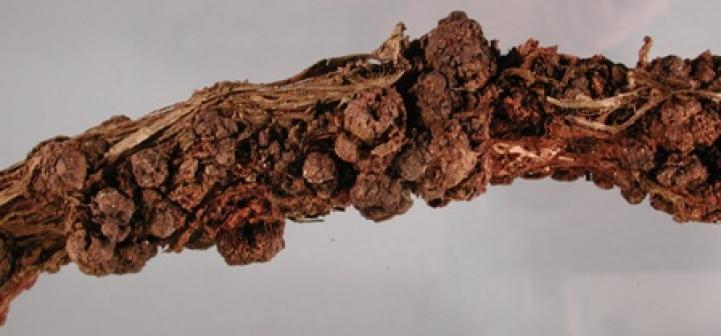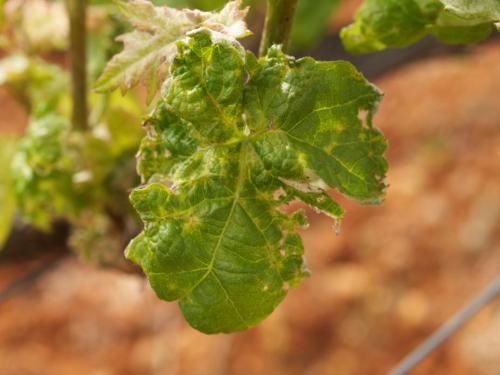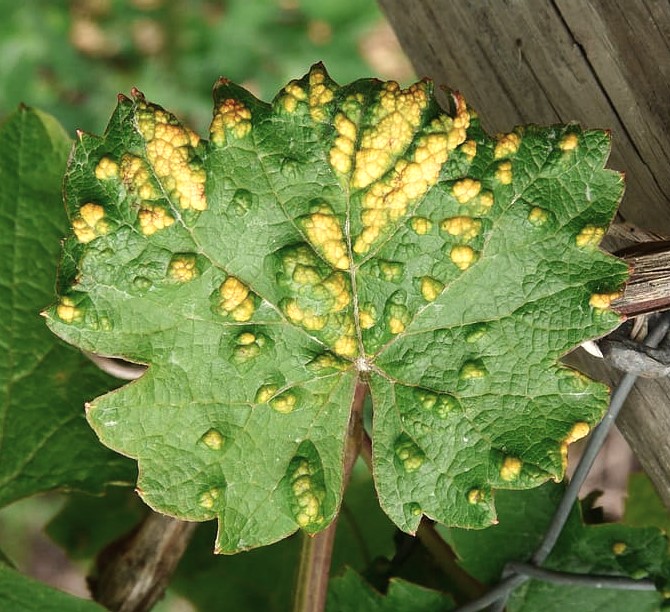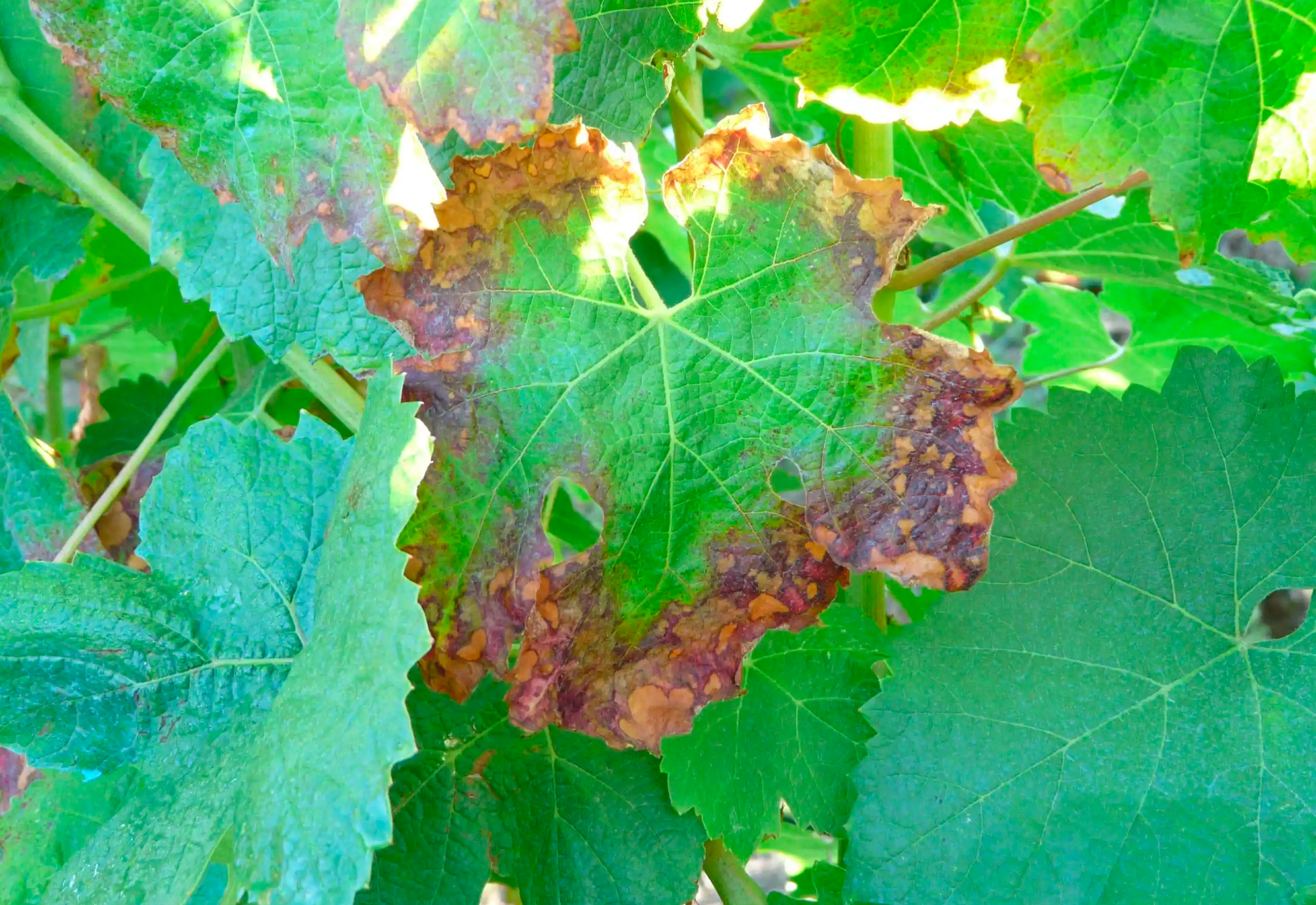
Mycosis
WHAT IT IS AND HOW TO ELIMINATE
Vid
Mycosis
Fungus
Pathogen:
Fungus
Type:
Risk to the plant:
CRITICAL
Micosis/Hongos
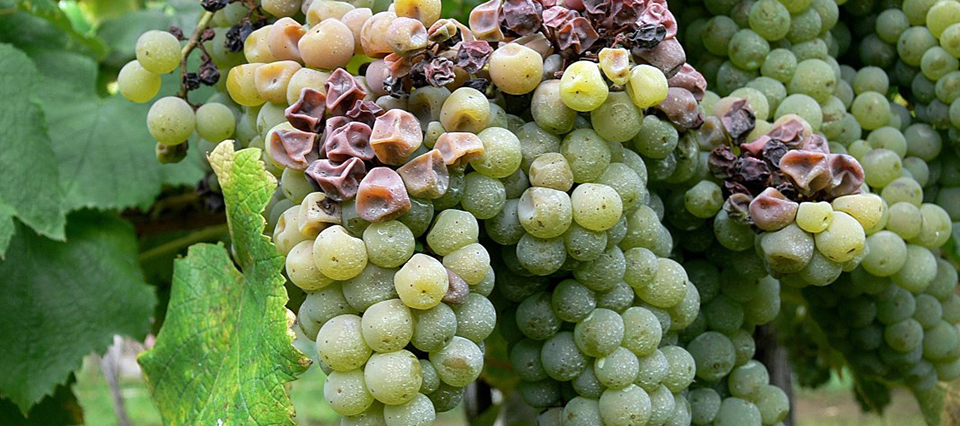
WHO CAUSES IT?
Mycoses in the vine are caused by several species of phytopathogenic fungi that affect different parts of the plant, mainly roots, stems and leaves. These fungi are microscopic organisms that spread through spores, which are dispersed by wind, water or contact with infected tools. Once the spores find a favorable environment on the vine, they germinate and develop filaments called hyphae, which penetrate the plant tissues and spread, consuming nutrients and weakening the vine's natural defenses. Fungi survive in soil or plant remains, entering a state of rest during adverse conditions and reactivating when environmental conditions, such as temperature and humidity, are optimal for their development. In certain cases, spores can also remain attached to plant surfaces during the winter, waiting for the right conditions to initiate a new infection.
SYMPTOMS
Mycoses in the vine can cause significant weakening of the plant, affecting its ability to grow and produce fruit optimally. These diseases manifest mainly in the roots, stems and leaves, causing a progressive loss of vigor and, in severe cases, the death of the plant. The infection affects the vascular system of the vine, making it difficult to absorb water and nutrients, leading to generalized decay.
- Discoloration and necrosis in leaves and stems.
- Premature defoliation.
- Necrotic lesions on the stems and roots.
- Delay in plant growth.
- Regressive death of branches.
- Reduction in grape production.


DEVELOPMENT CONDITIONS
Temperature:
18-28°C
Humidity:
70-90%
HOW IS IT SPREAD?
Wind-borne spores, contaminated irrigation water, infected tools, decaying plant remains
HOW TO ELIMINATE IT?
Home treatments
Natural allies
There are no natural allies
Chemical treatments
RECOMMENDED PRODUCTS TO ELIMINATE THE PEST
REPELLENT PLANTS
-
RECOMMENDATIONS
- Avoid wetting the leaves when watering, do it directly to the ground.
- Don't put the plants too close together, leave room for air to circulate.
- Remove leaves or diseased parts as soon as you see them.
- Use natural fungicides such as baking soda, copper or horsetail.
- Do not reuse soil from plants that were sick.
- Clean the tools well before and after using them.
- If you grow indoors, open windows or use fans from time to time.







